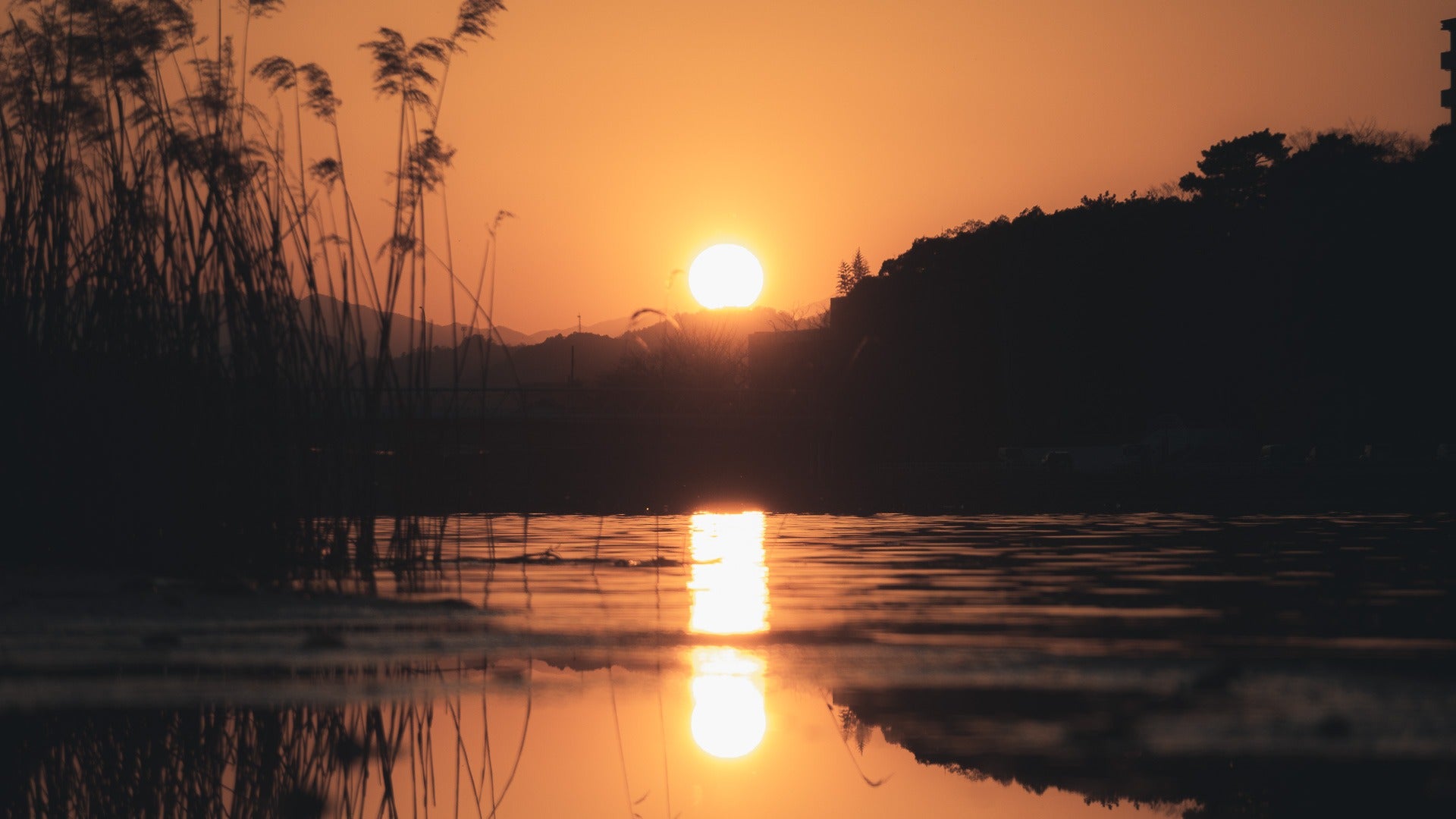Prime lenses vs zoom lenses, which to buy? If you’re new to photography, this question will undoubtedly come up for you fairly quickly.
Photography gear, after all, is a wild world of seemingly endless options and customisations, and it’s a world that’s growing every day.
That’s where this article comes in.
We’ll make sense of the age-old battle of prime lenses vs zoom lenses. There’s a time, a place, and a scenario for everything, and by the end of this article, you’ll know which type of lens will suit your needs best.
So, let’s get started.

Prime lenses
Prime lenses are what we refer to as “fixed focal length” lenses.
This means that the focal length - or how wide or narrow your field of view is - doesn’t change.
Composition with prime lenses
When approaching an image, if your composition isn’t quite right, you’ll have to move back or forth to get the elements in your scene to be just right.
Sometimes, you might hear this being referred to as “zooming with your feet”.
There’s a skill to be developed here; different focal lengths have different perspectives, and after getting used to a particular focal length for quite some time, you’ll be able to anticipate what an image will look like at a given focal length before you put the viewfinder to your eye.
And trust me, that’s super satisfying when you nail it.
Prime lenses - Pros
Some benefits of using prime lenses are:
- Speed - Typically, prime lenses have wider maximum apertures (think f/1.4 or lower) which allow the sensor to collect more light, leading to creamier bokeh, greater subject isolation, and less grainy low-light images.
- Form factor - Typically, prime lenses are smaller and lighter than zoom lenses. This is because there’s physically less glass inside them than their zoom counterparts.
- Price - Many prime lenses are much cheaper than their equivalent maximum aperture or focal length zoom lenses.
- Sharpness - Although the difference here is closing fast (especially at the premium-price end of the market), typically, prime lenses are sharper than zoom lenses, providing better acutance and “unusual artefact handling” (chromatic aberration, ghosting, diffraction, etc.) performance.
Prime lenses - Cons
But of course, prime lenses have their weaknesses too:
- Convenience - Due to the nature of a fixed focal length, adjusting compositions means you physically need to move, unlike with a zoom lens.
- Missed focus - Especially at wide apertures (f/1.4 and below), the depth of field can become razor-thin, especially for portraits. DOF, in some cases, can be as thin as the distance between the eyelash and the iris, and depending on the camera you have, it can be quite challenging to nail the perfect focus.
Common prime lens focal lengths
24mm - Great for contextual images, scapes, wider scenes
35mm - Widely loved as an all-purpose walk-around lens
50mm - Widely loved as an all-purpose walk-around lens; a similar field of view to what the human eye sees
85mm - Great for general portraiture; stunning subject isolation
135mm - Great for headshots and picking out details in distant landscapes
200mm - Great for picking out details in distant landscapes

Zoom lenses
Zoom lenses, on the other hand, are precisely what they sound like; they’re lenses that enable you to zoom in and out of your compositions.
Composition with zoom lenses
This means that rather than walking, you can punch in and out of your compositions with relative ease.
Especially if you’re in situations of an unpredictable nature (like in Street Photography), or perhaps in a situation where you don’t have a lot of space to move, zoom lenses make composition easy.
One of the great strengths of a zoom lens is that it enables you to worry less about composition because you have more versatility.
Zoom lenses - Pros
- Versatility - Having a range of focal lengths to work with on the fly can occasionally make the difference between a good shot and a great one.
- Focal length familiarity - Using a zoom lens allows you (especially for beginners) to start to understand which part of the focal range you tend to gravitate towards, perhaps leading to the purchase of a high-quality prime in that focal length - almost like trying before you buy.
- Convenience - A well-selected zoom like a 24-70mm can cover most styles of photography, meaning sometimes you may only ever need to bring out one lens and one body with you. Clutch when travelling.
Zoom lenses - Cons
- Form factor - Usually zoom lenses are bulkier, heavier, longer, and bigger than their prime counterparts.
- Speed - Typically, the maximum aperture for zooms starts to max out at around f/2.8. If extreme low-light, the creamiest bokeh, and extreme subject separation are important to you, this may be a critical decision factor.
- Price - Typically, zoom lenses (especially at the high end) are more expensive than primes. Although this isn’t always the case (especially in the f4 variants), the flip side is that you arguably get more “bang for your buck”.
- Sharpness - Again, although the difference is narrowing with modern lenses, most zoom lenses that haven’t been made or revised within the last three or so years are significantly less sharp than their prime counterparts. In fact, you’ll find that a zoom lens is most sharp at a particular focal length in their range (most times, it’s the middle. E.g. many 16-35mm’s are sharpest at 24mm).
Common zoom lens types
There are “grades” of zoom lenses, and they all have varying levels of quality or price:
- Variable aperture - These are typically the lenses that come with cameras. “Kit lenses”, they’re called. These will have varying maximum apertures that change as you zoom them, e.g. f/4.5 at the wide end and f/5.6 at the narrow end. They get the job done, but typically have average image quality and cost the least.
- Fixed aperture, f/4 - These are lenses that are fixed aperture throughout the entire zoom range. The “standard” of these are the f/4 variants; almost every manufacturer has one. This range offers enthusiast-level image performance at an enthusiast-level price—a great place to get started.
- Fixed aperture, f/2.8 - Typically these are the cream of the crop for zoom lenses. You’ll see these lenses with deliberate monikers to represent them (Sony’s G-Master series, for example). They typically represent the highest image performance for that zoom, with a professional price to match (seriously, sometimes these can be eye-wateringly high).
Common zoom lenses
16-35mm - Part of the “holy trinity” of lenses, great for landscapes and contextual imagery.
24-70mm - Part of the “holy trinity” of lenses, great as a general walk-about, all-purpose lens.
24-105mm - A classic “do-it-all” focal range that’s very commonly used by videographers too.
70-200mm - Part of the “holy trinity” of lenses, great for portraits at the shorter range, but also for picking out details in distant landscapes, or imagery that requires compression.
100-400mm - A classic landscape lens used for picking out details in distant landscapes and imagery that requires compression.

Prime lenses vs zoom lenses, which one do you pick?
As always, it depends.
I don’t really like to think of it as “prime lenses vs zoom lenses”, instead, I believe that a photographer should know if they have requirements for either, and potentially have a mix of both.
However, there are some general guidelines that I can provide:
If you are a beginner
Start with a 24-105mm zoom lens. This will introduce you to the world of different focal lengths and their relationship to light, composition, compression, and more.
From there, figure out what you like and move on to better zooms or primes.
If you do portraits
I would strongly consider prime lenses more. Subject isolation and shallow depth of field are staples in portraiture, and primes are fantastic at those things.
If you travel a lot and care about weight
Perhaps one zoom lens supplemented by prime lenses might be your best option. This is what I personally do; I carry a 16-35mm f/2.8, 24mm f/1.4, 55mm f/1.8, & 85mm f/1.4 with me on my travels (and even then, the 24 and 55 are generally just extras).
If one lens, one body appeals to you
Then go for a 24-70mm f/2.8 + body. This is a fantastic “do it all” setup. I have so many friends who have their 24-70’s pretty much glued onto their bodies because that’s all they need.
If you care about long-distance shooting
Go for the zooms. The 70-200mm & 100-400mm zooms are fantastic bang-for-weight vs a more specialised prime version (seriously, a 400mm prime is the size of my arm and not very versatile either).
tl;dr
Learning the pros and cons of both prime lenses and zoom lenses is essential, as a craftsman is ultimately limited by the tools he has.
Prime lenses vs zoom lenses shouldn’t really be a battle of one versus another. Instead, it should be a case of “the right tool for the job”.
Knowing which tools you need to use for a given scenario, whether that’s primes for shallower depth of field, low light etc. or zooms for versatility and ease of composition etc. will enable you to make the right decisions, so you’re not limited in your craft.



